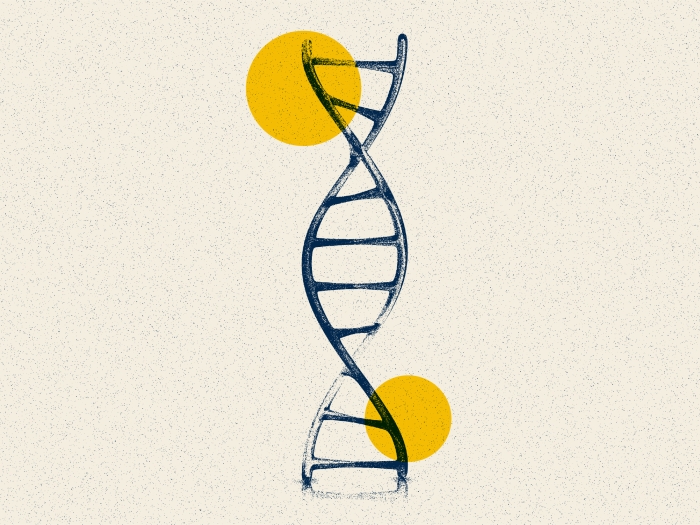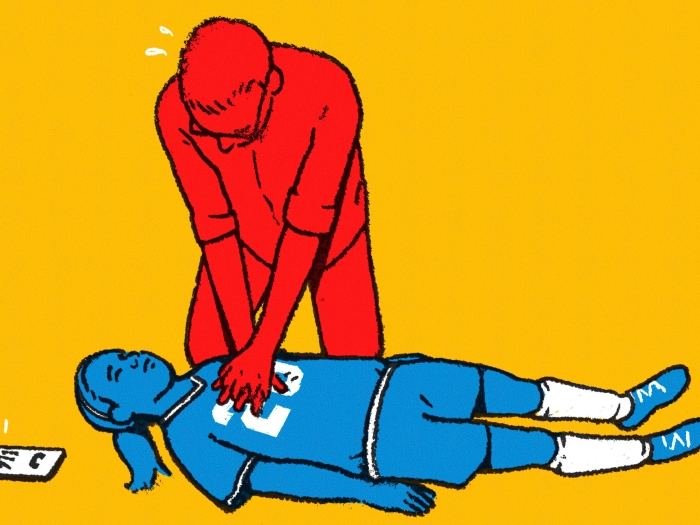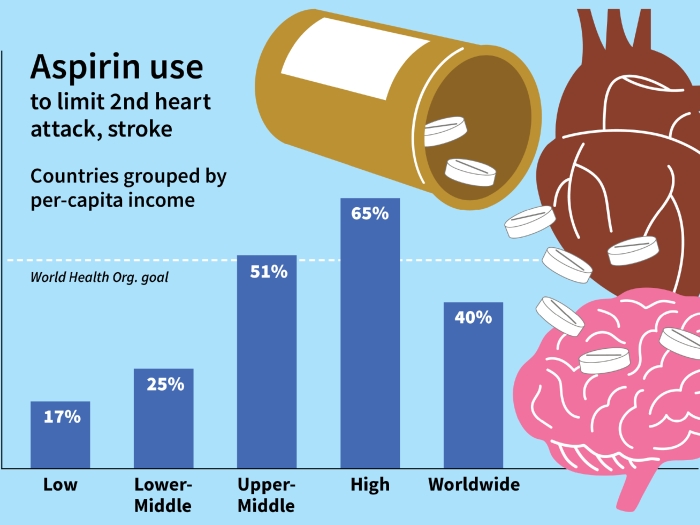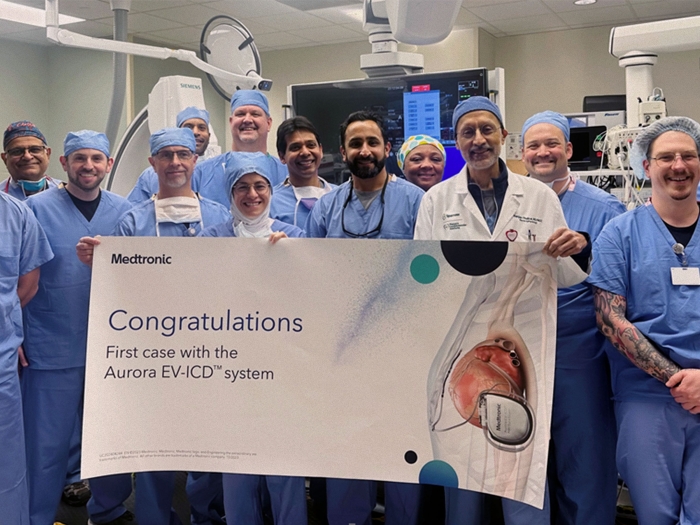Researchers developed an HDL-mimicking nanoparticle that modified heart disease-related plaques in preclinical research.
10:22 AM
Author |

An innovative nanoparticle could one day help address an untreatable risk factor for heart attacks and strokes: cholesterol crystals that trigger inflammation and evade medications.
"Although lipid-lowering drugs substantially prevent cardiovascular events in atherosclerosis, some patients still suffer from high residual risk because the existing cholesterol crystals in the atherosclerotic plaques activate immune cells and trigger inflammatory responses," said Y. Eugene Chen, M.D., Ph.D., a professor of internal medicine, cardiac surgery, physiology, pharmacology and medicinal chemistry, from the University of Michigan Health Frankel Cardiovascular Center, who was senior author on a new publication about the nanoparticle. "We presented a novel therapeutic strategy for atherosclerosis by modulating components in plaques and counteracting cholesterol crystal-induced inflammation."
The nanoparticle Chen's team generated, known as miNANO, for Michigan nanoparticle, removed the crystals from hardened arteries in mouse models of atherosclerosis, making the aortic plaques more stable in the process. With a diameter of just 10 nm, much smaller than what is visible to the human eye, miNANO is phospholipid based and behaves like HDL cholesterol, known as the good cholesterol, that clears arteries and prevents additional hardening. When the nanoparticle worked well in mouse models, the team then tested it in human aortic tissue with similar results.
Co-senior author Anna Schwendeman, Ph.D., the William I. Higuchi Collegiate Professor of Pharmacy, has extensive experience in discovery and clinical development of synthetic high-density lipoprotein nanomedicines. She said this newly generated nanoparticle shows strong biological function as a cholesterol acceptor and cholesterol crystal-dissolving agent, with significantly longer circulation half-life compared to synthetic HDL cholesterol.
Cholesterol crystals were first discovered in atherosclerotic plaques in the early 1900s and have been identified in many other diseases, including Niemann-Pick type C lysosomal storage disease, abdominal aortic aneurysm, kidney disease, and central nervous system anomalies, the authors said.
"Our studies not only suggest an effective pharmacological target to reduce atherosclerotic plaque burden, but also provide a new strategy for treating other diseases," said co-lead author Yanhong Guo, M.D., Ph.D., an assistant professor of internal medicine at U-M Health's Frankel Cardiovascular Center.
The research team has been collaborating for more than seven years on targeted therapy for cardiovascular diseases using nanoparticles and nanoparticle-mediated drug delivery to atheroma.
The human aortic tissue tested in this study was available thanks to U-M Health cardiac surgical patients who volunteered to participate in research.
The findings do not necessarily represent the position of the National Institutes of Health (HL134569, HL109916, HL136231, HL137214, HL138139, R21NS111191 and T32 GM07767), which funded the work along with the American Heart Association, Aikens Aortic Discovery grant from the U-M Health Frankel CVC, pilot grant from U-M Biointerfaces Institute and the Barbour Fellowship from U-M.
Paper cited: "Phospholipid nanoparticles: Therapeutic potentials against atherosclerosis via reducing cholesterol crystals and inhibiting inflammation." EBioMedicine a journal published by The Lancet, DOI: 10.1016/j.ebiom.2021.103725

Explore a variety of healthcare news & stories by visiting the Health Lab home page for more articles.

Department of Communication at Michigan Medicine
Want top health & research news weekly? Sign up for Health Lab’s newsletters today!





